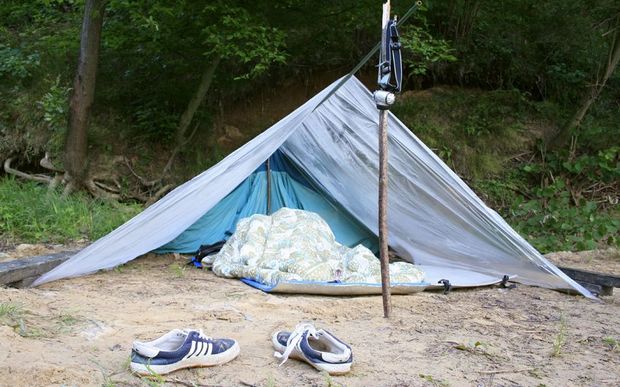First published: September 23, 2004
The current debate over the future of Cameco’s proposal to process slightly enriched uranium (SEU) at its Port Hope plant goes far beyond the reports and debate found in the media or in coffee shops.
The issue strikes at the very soul of the town. In the mid-1970s, Port Hope residents learned parts of the town were built on uranium waste landfills. Radiation levels in some buildings were 100 times greater than safe.
Since then, residents watched as efforts to clean up the town have met with varying levels of success. It is a subject that touches a raw nerve for many on all sides of the debate.
The public meeting to present the peer review of Cameco SEU Blending Project Environmental Assessment Study did little to satisfy. And while Dr. Malcolm Stephenson, team leader of the review, raised a number of concerns, it mainly endorsed the company’s proposal.
What is most disturbing was the number of questions from the public attending the meeting that went unanswered because they did not fit into the scope of the study. When this occurs, it only creates more fear and worry.
Families Against Radiation Exposure is pushing hard to have a more in-depth, comprehensive review of the proposal by asking for a panel review by the Canadian Nuclear Safety Commission. But even if the group gets its 624 questions answered, will the issues be resolved.
Below the surface is a complex web.
While the group has specific goals related to a panel hearing, there are those in the community who see the current debate as an opportunity to rid the town of Cameco.
Take the issue of a buffer zone, as a simple example. It is a reasonable request, since most other similar facilities have this feature.
But for Cameco to do this would mean wiping out a major portion of the downtown and waterfront areas.
By raising the issue, the agenda become clearer: Cameco must go, if it wants to proceed.
Not a bad idea, say those who would like to see the waterfront developed. And, it would rid the town of a decades-old stigma blamed for driving people and business away from the community, say others. It has been years since a new major manufacturer settled in Port Hope. And the community has never really recovered from the closing of the Matthew Conveyor and Nickerson File plants.
The business case for closing down Cameco exists. The plant employs somewhere between 285 to 320 people. But it is coming off a bitter strike and the plant is not as profitable as it has been in the past.
“In 2004, Cameco’s uranium revenue is expected to be marginally lower than in 2003 as the effect of lower deliveries is expected to be largely offset by an improved selling price,” its second quarter report states in July before the final agreement was reached with the union.
It is not impossible to say the company wouldn’t close. Look at Cobourg’s recent experience with Coca Cola. After promises of jobs and investment in the community when it opened, the plant closed after a strike less than a year ago.
Despite assurances Cameco will remain open and continue in Port Hope, it is these deep fears that push people to snap back at those who question Cameco’s proposal. To lose that number of jobs and tax assessment would be devastating. Even if new industry came to town, it would be hard to find employment for those displaced by the closure.
And without a strong industrial base, Port Hope could end up being a bedroom community dependent on tourism. That would place a huge tax burden on homeowners, making it a less attractive place to draw people migrating from Toronto.
It is a municipal politician’s nightmare.
There is no firm evidence Cameco is considering closure. But there is certainly a growing movement questioning its place in the town. And while the Families Against Radiation Exposure are careful not to wade into dangerous waters, it is indirectly poking a stick at a sleeping pit bull. It is really only a matter of time.
And it cannot avoid being swept up in a debate over the future of the town. To successfully stop the proposal and walk away would be a big mistake. The group must bring solutions addressing these deeper fears to the table.
Cameco also has a responsibility beyond pushing for its proposal’s approval. As a socially responsible business in the community it must ensure all concerns are answered and dealt, not just the questions raised by concerned citizens, but also those raised about its role in the economic development of the town.
Rather than debating the future of a single proposal, community leaders should boldly take on the central issue of the role of Cameco and radioactive waste. In doing this, a frank and open discourse can begin. This cannot be a debate with polarized sides, unmovable and intractable in their positions. Instead, a solution must be found where all members of the community can move forward to create a vision for the future.
Until then, the discussions will breed fear, raise suspicions on all sides and hurt the community in the end.


